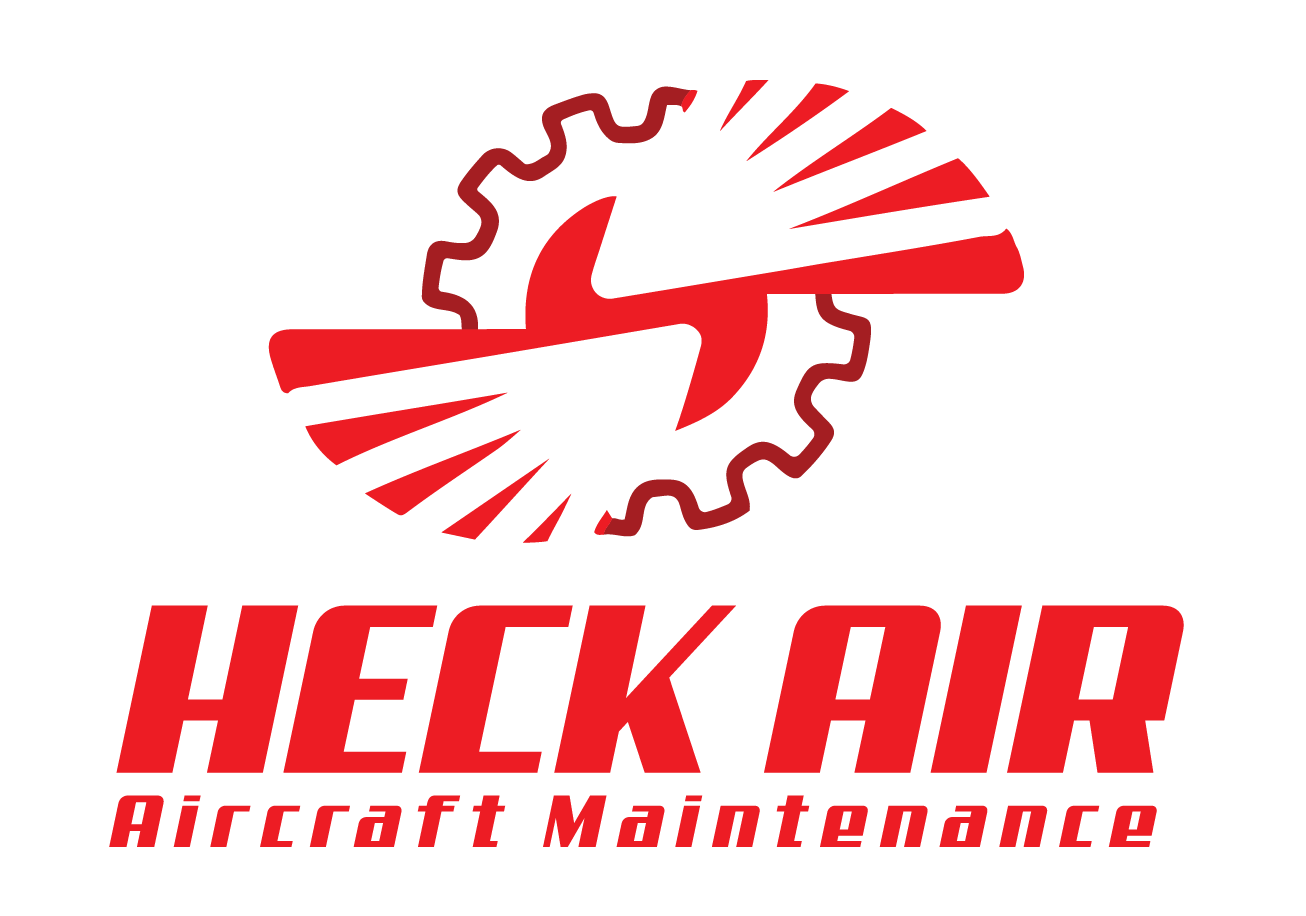Understanding Your Aircraft’s Maintenance Schedule: What You Need to Know
If you’re a new aircraft owner, one of the most important things to understand is your aircraft’s maintenance schedule. It’s not just about keeping your plane in top shape — it’s also about staying legal, safe, and ready to fly when you want.
Here’s a simple breakdown of what you need to know.
Why Aircraft Maintenance Matters
Aircraft maintenance is required by the Federal Aviation Administration (FAA) to make sure your aircraft stays safe to fly. But beyond regulations, good maintenance helps:
Prevent unexpected repairs
Keep your plane performing well
Protect your investment and resale value
The Main Types of Inspections
✅ Annual Inspection
Every aircraft must have an annual inspection once every 12 months, no matter how much or how little you fly. It must be done by a certified mechanic with special authorization (called an “IA”).
✅ 100-Hour Inspection
If you use your aircraft for hire — like flight training or charter — it also needs a 100-hour inspection. This is separate from the annual and must be done every 100 flight hours.
✅ Progressive Inspection (Optional)
If you fly a lot, you may benefit from a progressive inspection schedule. This breaks up the maintenance into smaller, more frequent checks to reduce downtime.
Other Maintenance You Should Know About
Airworthiness Directives (ADs): These are safety updates required by the FAA. If one applies to your aircraft, you must follow it by the deadline.
Manufacturer Recommendations: Beyond FAA minimums, aircraft manufacturers like Cessna, Cirrus, and Tecnam, publish model-specific maintenance schedules in their maintenance manuals.
These often include:
Fluid replacements (oil, brake, hydraulic)
Filter changes
Wear item inspection intervals
SB (Service Bulletin) recommendations
💡 FAA recognizes these as "acceptable" means of compliance for Part 91 operators — meaning it’s wise (but not always legally mandatory) to follow them.
How to Keep Track
Here are a few tips to stay on top of your aircraft’s maintenance:
Use a logbook or digital tool to track inspections
Talk regularly with your mechanic
Don’t wait until the last minute — schedule inspections early, especially before busy flying seasons
Final Thoughts
Knowing when and why your aircraft needs maintenance doesn’t have to be complicated. Stick to the schedule, work with a qualified shop, and you’ll keep your aircraft safe and ready for the skies.
Need Help With Your Maintenance?
At Heck Air, we take care of everything from annual inspections to full maintenance plans. Whether you fly once a month or every day, we’ll help you stay on track. Schedule your appointment today!


